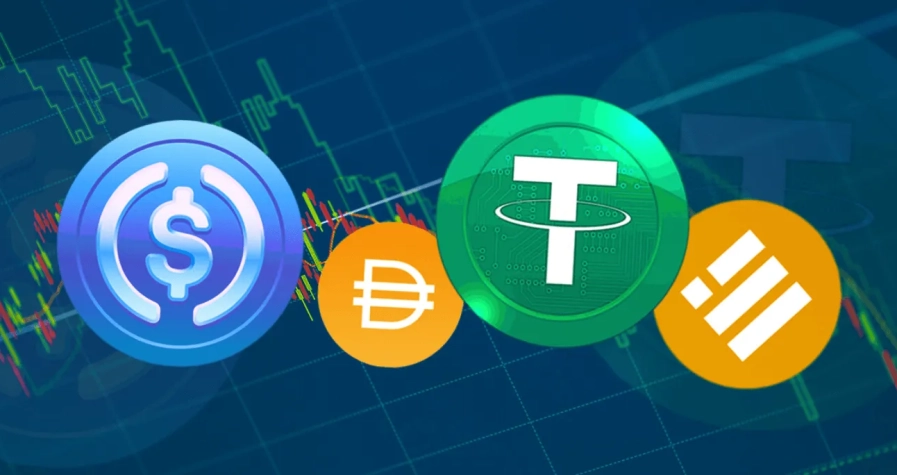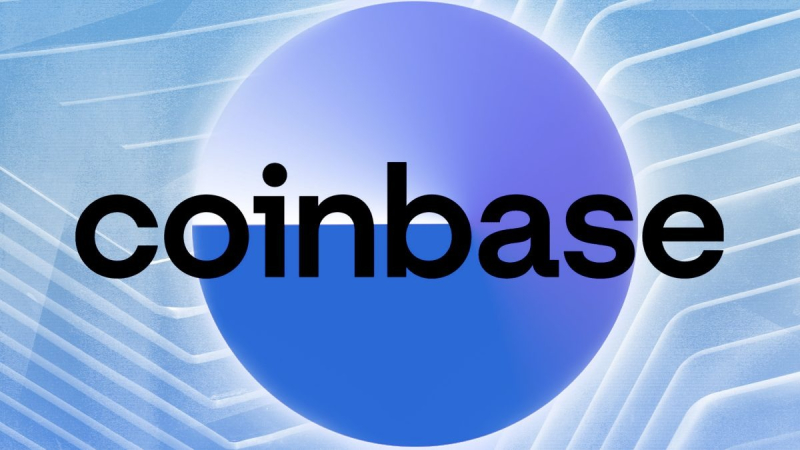Stablecoin velocity, a key metric measuring the frequency of stablecoin circulation within the cryptocurrency ecosystem, has reached a five-year high in 2025. Market data indicate that investors are increasingly using stablecoins to manage liquidity, capitalize on arbitrage opportunities, and respond to market volatility across major cryptocurrency exchanges. This surge in velocity reflects both growing institutional participation and evolving investor strategies in digital asset markets.
Understanding Stablecoin Velocity
Velocity is defined as the ratio of transaction volume to circulating supply over a specific period. A higher velocity indicates that stablecoins are moving rapidly between addresses, suggesting active use in trading, lending, and payment settlements. Conversely, low velocity can signal hoarding or reduced market activity.
According to blockchain analytics firm Glassnode, the velocity of major USD-pegged stablecoins, including USDC and USDT, has increased by nearly 30 percent over the last six months. Analysts interpret this trend as a sign of heightened trading activity and a renewed focus on liquidity management.
Drivers Behind the Surge
Several factors contribute to the rising velocity of stablecoins:
-
Market Volatility: Fluctuations in cryptocurrency prices encourage traders to convert volatile assets into stablecoins to preserve value and reduce risk exposure.
-
Institutional Adoption: Hedge funds, trading firms, and corporate treasury departments increasingly use stablecoins to optimize liquidity and facilitate rapid transactions across multiple exchanges.
-
Decentralized Finance Integration: Growth in lending, borrowing, and yield farming protocols has expanded stablecoin usage, accelerating circulation within decentralized finance ecosystems.
-
Cross-Border Settlements: Stablecoins provide faster, cost-effective alternatives for global transactions, driving higher velocity compared to traditional banking channels.
Market Implications
High stablecoin velocity has several market implications. First, it enhances liquidity, enabling traders and institutions to execute large orders without significant price impact. Exchanges report lower slippage during periods of high stablecoin circulation, improving trading efficiency.
Second, increased velocity can amplify capital efficiency in decentralized finance protocols. By circulating more rapidly, stablecoins enable participants to maximize yield generation and support collateral requirements across lending platforms.
However, analysts caution that excessively high velocity may also indicate short-term speculative activity. Rapid movement between addresses can reflect market uncertainty or opportunistic trading rather than fundamental adoption. Monitoring velocity trends alongside other metrics, such as market capitalization and exchange inflows, provides a more nuanced understanding of market health.
Institutional Behavior and Risk Management
Institutional participants are key drivers of stablecoin velocity. Trading desks at hedge funds and asset management firms actively rotate stablecoins to manage liquidity buffers, engage in arbitrage, and optimize portfolio allocations.
These practices underscore the dual role of stablecoins as both a safe haven and a transactional medium. Institutions prioritize assets that are predictable, transparent, and quickly deployable, which explains the accelerated circulation observed in recent months.
Regulatory Considerations
Rising stablecoin velocity has drawn attention from regulators, particularly in the United States and Europe. High circulation rates may influence systemic stability, prompting policymakers to evaluate reserve adequacy, transparency standards, and compliance measures.
Regulators are increasingly emphasizing audit requirements and transparency for stablecoin issuers, ensuring that reserves are sufficient to support rapid movement in digital asset markets. Institutions and issuers alike are expected to implement robust compliance measures to mitigate operational and systemic risk.
Technology and Infrastructure
Advancements in blockchain infrastructure and smart contract integration have facilitated higher stablecoin velocity. Faster settlement times, lower transaction fees, and cross-chain interoperability allow stablecoins to move seamlessly between wallets, exchanges, and decentralized protocols.
Blockchain analytics tools provide real-time visibility into circulation patterns, enabling both traders and regulators to monitor velocity trends and assess systemic health. These technological enhancements contribute to a more efficient and responsive stablecoin ecosystem.
Market Outlook
Analysts anticipate that stablecoin velocity will remain elevated as institutions continue to seek liquidity solutions in volatile markets. Integration with decentralized finance, expansion into cross-border payments, and evolving regulatory frameworks will likely sustain high circulation rates.
Investors and institutions are advised to monitor velocity in conjunction with reserve transparency, peg stability, and market capitalization. These metrics collectively inform risk management strategies and provide insights into the operational health of stablecoins.
Conclusion
The five-year high in stablecoin velocity underscores the growing significance of these digital assets in modern financial markets. Driven by institutional adoption, decentralized finance integration, and market volatility, stablecoins have become essential tools for liquidity management and cross-border settlements.
While increased velocity improves market efficiency and capital utilization, it also highlights the importance of robust reserve backing, regulatory compliance, and risk management. Monitoring stablecoin circulation alongside systemic indicators ensures that the rapid movement of funds supports sustainable growth rather than speculative instability.
As stablecoins continue to evolve, velocity will remain a critical metric for understanding market dynamics, institutional behavior, and the broader adoption of digital assets in global finance.






